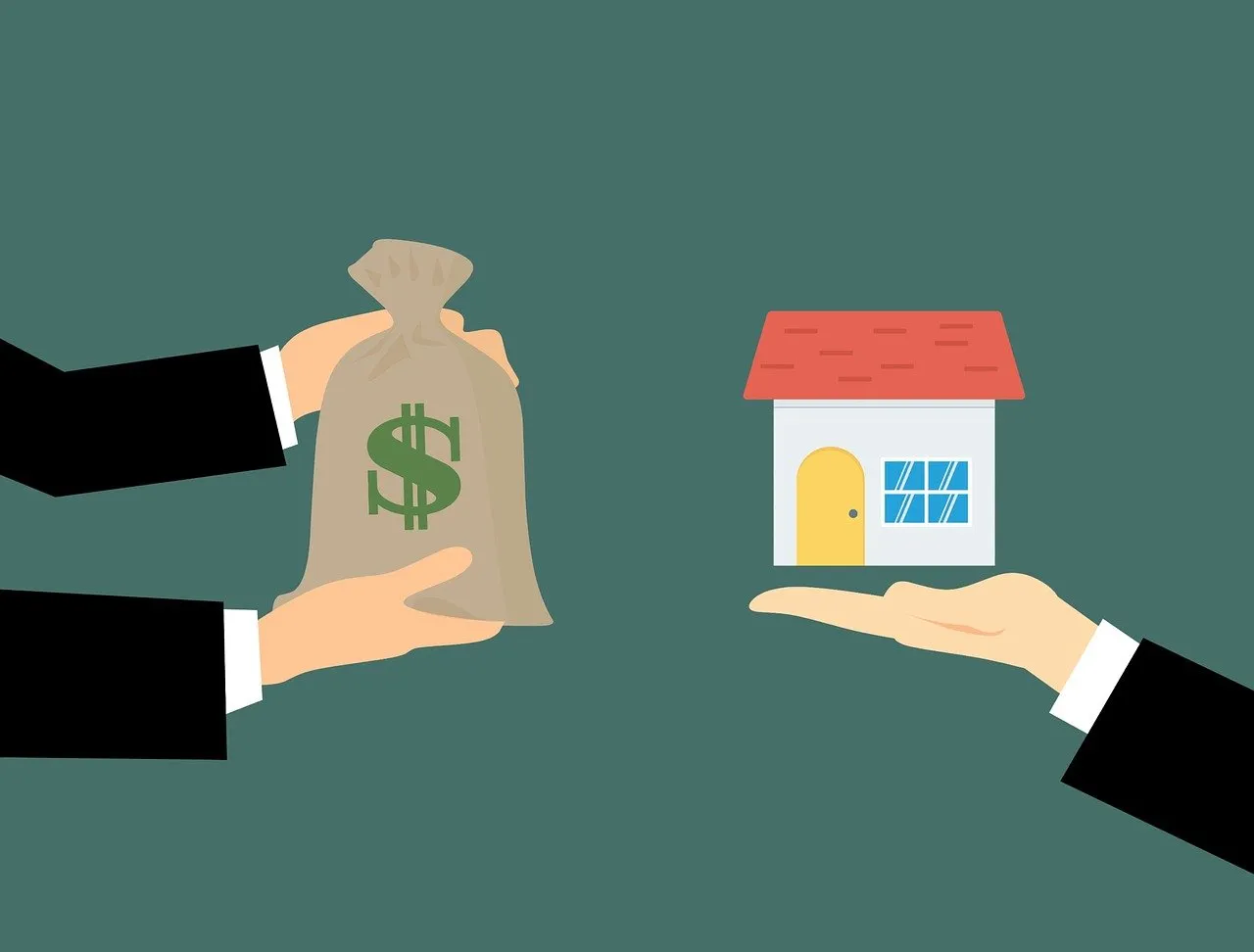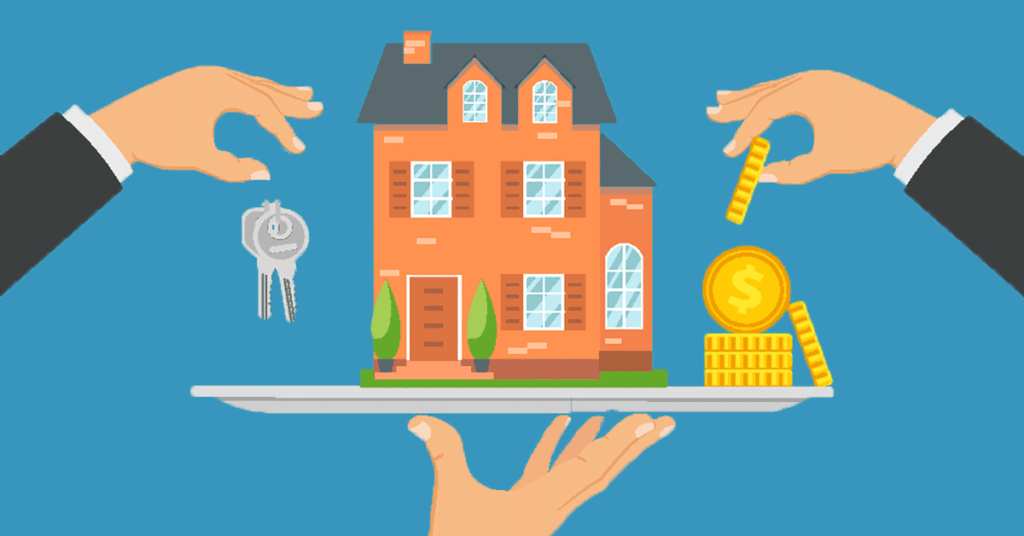As a buyer, seller, or investor in real estate, one of the most useful skills you can learn is how to read a comparative market analysis (CMA). A CMA isn’t just a bunch of numbers; it’s a well-organized report that can show you the fair market value of a property, point out market trends, and help you make smart, confident choices.
We will go over the process step by step in this guide, showing you how experienced real estate agents read a CMA, what data points are most important, and how you can use this information to evaluate any property like a pro.
What is a CMA, or Comparative Market Analysis?

A real estate agent writes a Comparative Market Analysis, which is a professional report that estimates a property’s market value by comparing it to similar properties that have recently sold in the same area. These properties are often called comparables or comps.
A CMA’s goal is to give a property a realistic price range based on actual sales data, not guesswork. A CMA takes into account small, human-made changes for things like condition, location desirability, and unique features. This is different from automated online estimates.
A CMA usually has these important parts:
- Details about the subject property, such as its size, age, location, and features
- Similar properties that have recently sold, are currently listed, or are about to sell
- Changes for differences in condition, amenities, lot size, and so on
- Conditions in the market (supply and demand, seasonal trends)
- Suggested Range of Listing or Offer Prices
Why It’s Important to Know How to Read a CMA
Most buyers and sellers trust their agent’s understanding of a CMA completely. But if you learn how to read one yourself, you:
- Understand why pricing suggestions are made.
- Find missing data or things that don’t match.
- Get more power to negotiate when you make an offer or counteroffer.
- As a buyer, don’t pay too much, and as a seller, don’t charge too little.
- Get a feel for how the market works in your area over time.
Being able to look at a CMA on your own gives you more confidence and protection, even if you trust your agent completely.
In Steps: How to Read a Comparative Market Analysis as an Agent

Step 1: Get to know the baseline of the subject property
Before you look at comparables, learn more about the property in question:
- Square footage: Homes that are bigger usually cost less per square foot than homes that are smaller in the same area.
- Lot size: Bigger lots might cost more, but only if that’s what the local market is willing to pay.
- More bedrooms and bathrooms: A property with more bedrooms or an extra bathroom is usually worth more, but the value goes down as the number of bedrooms and bathrooms goes up.
- Year built and condition: A newer home in perfect condition will be worth more than an older one that needs work.
- Special features: Pools, energy-efficient systems, remodeled kitchens, or views may make a home worth more, but only if people in that market want them.
For instance, a newly remodeled three-bedroom, two-bath home in a good school district could sell for a lot more than a similar home a few blocks away in an average district.
Step 2: Look at the properties that are similar to yours.
The “comps” are the most important part of a CMA. Agents usually choose 3 to 6 homes that have sold in the last 3 to 6 months. In slower markets, they may choose up to 12.
Things to Keep an Eye On:
- Proximity: The closer to the property in question, the better. In cities, comps should be no more than 0.5 miles away; in the country, they can be farther away.
- Sale Date: More recent sales show how the market is doing now better than older sales.
- Property Similarity: Look for comps that are the same size, style, lot, and condition.
- List price vs. sale price: This shows how competitive the market is. If most homes sell for more than their asking price, that could mean that demand is high.
For example, if your subject property is a 2,000-square-foot ranch built in 1995 on a quarter-acre lot, a comparable property that is a 2,050-square-foot ranch from 1997 on a similar lot size is much more useful than a 2,500-square-foot two-story built in 2010.
Step 3: Be aware of changes
Because no two properties are the same, agents change the comps to make up for the differences between the subject property and each comp.
Some common changes are:
- Size: Changing the value per square foot based on the local market rate.
- Bedrooms and bathrooms: If the number of bedrooms or bathrooms is different, you may need to make a change (for example, an extra bathroom costs $5,000).
- Condition and Upgrades: Renovations can raise the value of a property, while repairs that are needed can lower it.
- Location Factors: The price can change based on how close it is to parks, the waterfront, noise levels, or busy roads.
Tip: Changes aren’t the same all over the country; they depend on the neighborhood and even the block. That’s why it matters to know a lot about your area.
Step 4: Look for patterns in prices

After you’ve looked over the comps and adjustments, take a step back and look for the overall pattern in the prices.
Think about:
- Do homes that are similar to each other always fall within a certain range?
- Are smaller homes selling for more per square foot than bigger ones?
- Do some features, like a pool, garage, or energy upgrades, cost more?
This “big picture” view keeps you from focusing on one outlier comp that could change how you see things.
Step 5: Know what’s going on in the market
A CMA may also have listings that are currently active, listings that are pending sale, and listings that have already expired.
- Active Listings: Show the current competition, but they don’t always show the market value until the property is sold.
- Pending Sales: Show what buyers are willing to pay right now (but the final prices won’t be known until the deal is done).
- Expired Listings: This could mean that the price is too high or that the marketing isn’t good.
These parts help you figure out if the market is better for buyers or sellers.
Step 6: Carefully figure out the price per square foot
You can use price per square foot to quickly compare things, but it’s not the whole story.
For instance:
- Two homes may have the same square footage but very different layouts, finishes, or lot values.
- It’s usually cheaper to build a bigger house because the extra space costs less.
Even so, it’s helpful to figure out the average price per square foot of your comps and see how the property in question fits in.
Step 7: Use the CMA to Help You Make a Decision
After you look at the data:
- If you’re a seller, set your price competitively within the range. In a hot market, set it a little higher; in a slow market, set it a little lower.
- If you’re a buyer, figure out how much you want to offer—below, at, or above the asking price—based on what other people are offering and what the competition is doing.
- If you’re an investor, don’t just look at the current value; also think about how much it could go up in value or how much rent it could bring in.
Mistakes People Make When Reading a CMA

Stay away from these problems:
- Only looking at one comp—always look at the whole data set.
- Not taking into account differences in condition—like a new remodel versus a fixer-upper—will change the value a lot.
- Using old comps: Markets change, and old data may not show the value of today.
- Not all upgrades are worth the money you spend on them.
- If you think online estimates are enough, think again. Automated tools can’t fully replace a CMA’s depth.
How to Read a CMA Like a Pro
- Don’t just look at numbers; look at pictures. Pictures show differences in quality that numbers can’t show.
- Ask about outliers: If one comp is much higher or lower than the others, find out why.
- Think about seasonal trends: Prices may go up and down a little bit during the year.
- Check the Square Footage Again—Mistakes happen, so check the data again.
- Think about micro-markets: neighborhoods in the same city can be very different.
A Real-Life Example: Reading a CMA in Action
If you have a 2,000-square-foot home built in 2005 with three bedrooms, two bathrooms, and a two-car garage, you might be looking at a CMA.
The CMA says:
- Comp 1: 1,950 square feet, sold for $400,000 last month. The kitchen is a little old.
- Comp 2: 2,050 sq ft, sold for $420,000 two months ago, and it has been completely redone.
- Comp 3: 2,000 square feet, sold for $410,000 last month, in the same condition.
Your Study:
- Comp 1 points to the lower end of the range, which is $400,000.
- Comp 2 suggests the higher end ($420k), but the remodel makes the higher price worth it.
- Comp 3 is very similar to your property, which means that $410k is a good price.
Result: You could list for $415,000 to give yourself room to negotiate and still be competitive.
How to Find a Weak CMA
Sadly, not all CMAs are ready. Look out for:
- Comps that are too far away or dissimilar.
- Data that is missing or out of date.
- No changes for clear differences.
- A lot of reliance on active listings that don’t have sold data.
A good CMA should be clear, complete, and based on sound logic.
The Role of a CMA in the Long-Term Market

Over time, reading CMAs helps you:
- Find out how property values are changing in certain neighborhoods.
- Be aware of changes in prices that happen at different times of the year.
- Get a feel for what “fair market value” really means in different situations.
You can learn more about being a homeowner or investor by looking at CMAs, even if you’re not buying or selling right now.
Last Thoughts
If you want to learn more about real estate, you should learn how to read a comparative market analysis like an agent. You can be sure that you understand the data by breaking it down into its parts: subject property details, comps, adjustments, patterns, and market conditions.
No matter how the market changes or what new technology comes out, being able to read a CMA will always be useful for buyers who want to make a smart offer, sellers who want to price competitively, and investors who want to see what might happen.





